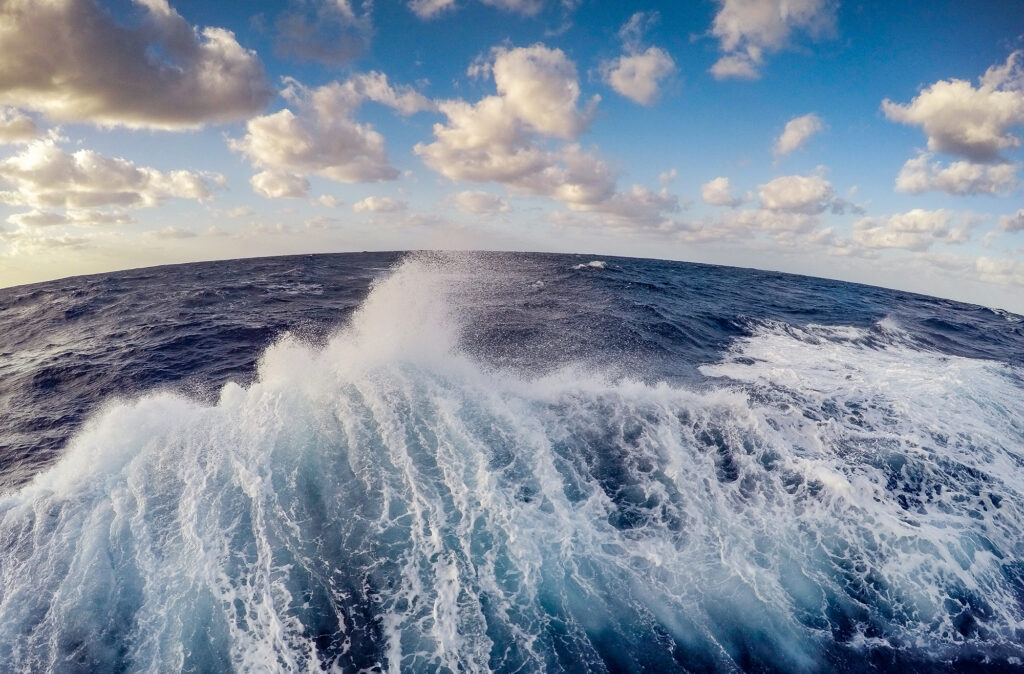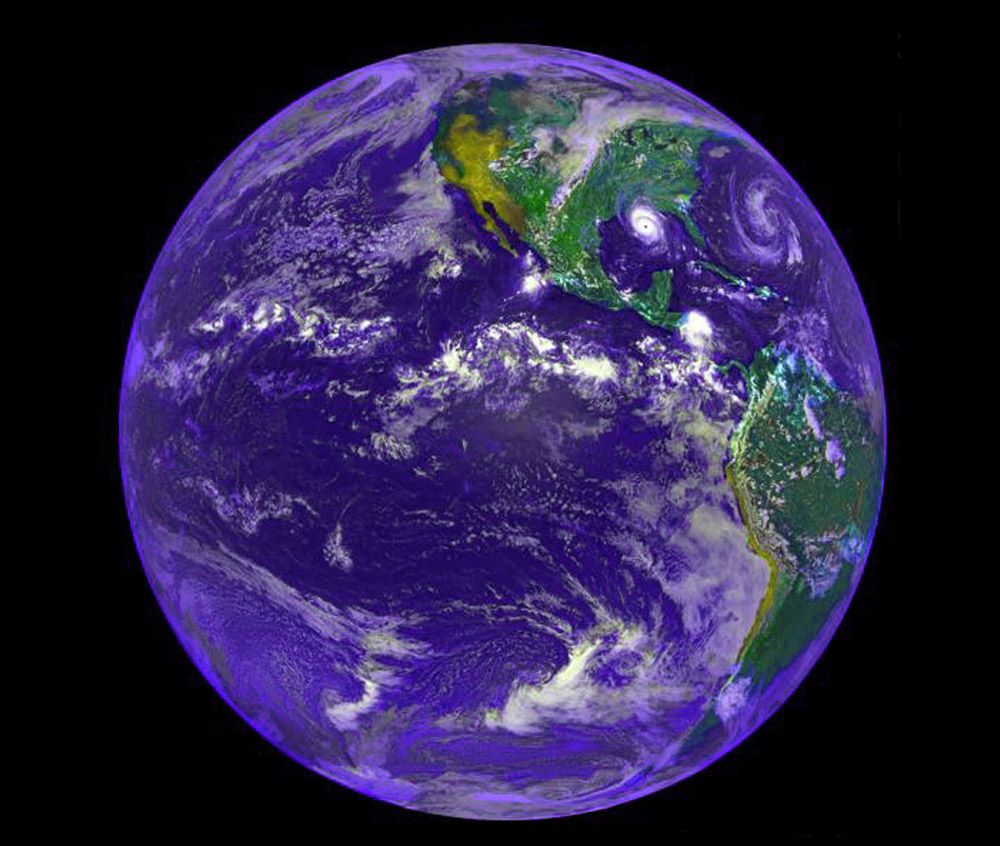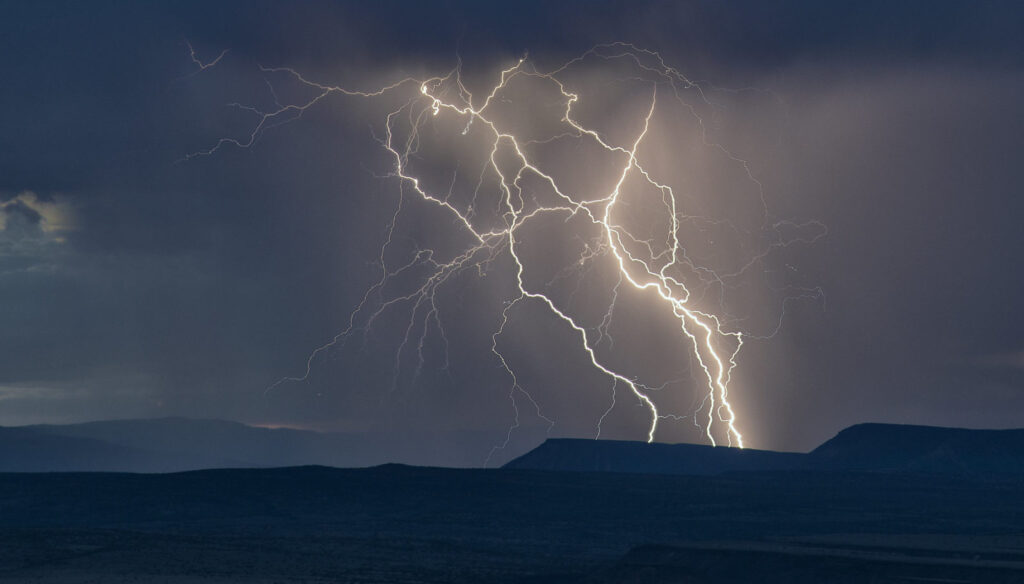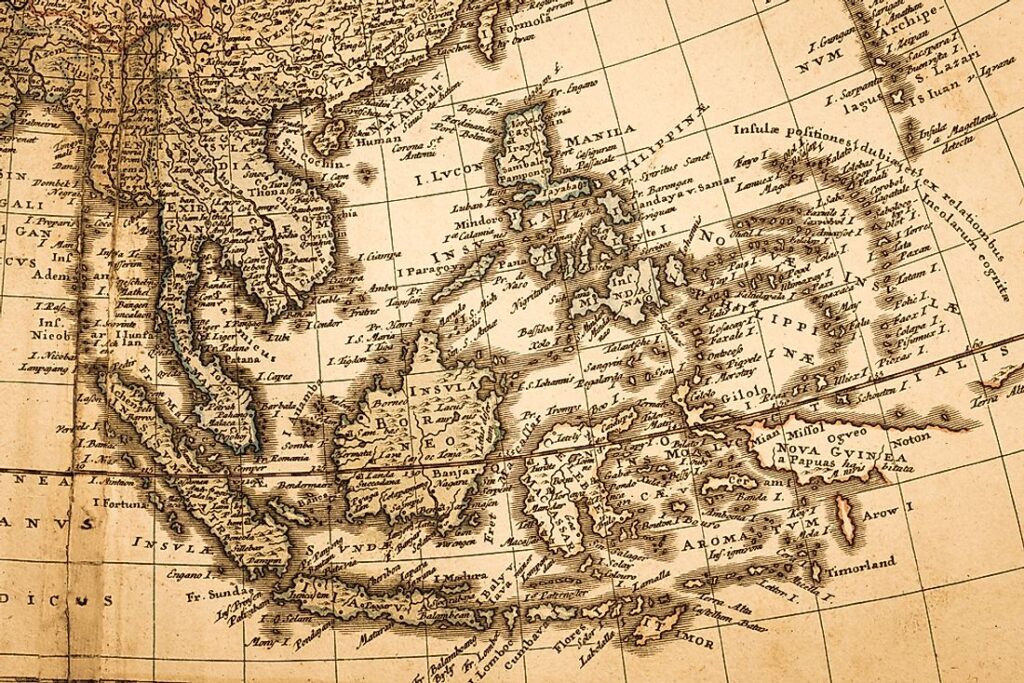Trends
12 interesting facts about the earth you don’t know
In this article, we will discuss 12 interesting facts about the earth you probably don’t know. The shiny round blue marble has…
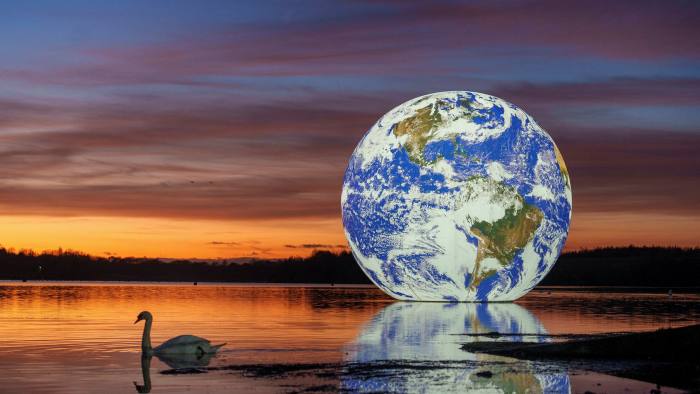
In this article, we will discuss 12 interesting facts about the earth you probably don’t know. The shiny round blue marble has continued to fascinate humanity since they first walk across its surface.
And why should you now care about the interesting facts about the earth, what is fascinating to know about earth?
12 Interesting Facts About The Earth
1. Earth is Almost a Sphere
2. 70% of the Earth’s Surface is Covered in Water
3. A year on Earth isn’t 365 days
4. Earth Once Had Two Moons
5. Earth is the Only Planet Known to Have Life
6. Earth Used To Be Color Purple
7. Nobody “Named” the Earth
8. There Are More Viruses Than Stars in the Universe
9. Earth is Heavily Electrical
10. The Atacama is The Driest Place On Earth
11. Oldest Maps Is Thousand Years Old
12. Earth is Around 4.54 Billion Years Old
1. Earth is Almost a Sphere
Among the 12 interesting facts about the earth, you don’t know is that it is not fully sphere. Many people tend to think that the Earth is a sphere. In fact, between the 6th century BCE and the modern era, this remained the scientific consensus.
But thanks to modern astronomy and space travel, scientists have since come to understand that the Earth is actually shaped like a flattened sphere (aka. an oblate spheroid).
According to the National Oceanic and Atmospheric Administration (NOAA), as Earth spins, gravity points toward the centre of our planet (assuming for explanation’s sake that Earth is a perfect sphere), and a centrifugal force pushes outward.
2. 70% of the Earth’s Surface is Covered in Water
The second among the 12 interesting facts about the earth, you don’t know is that 70% of the earth surface is covered in water. When astronauts first went into space, they looked back at the Earth with human eyes for the first time. Based on their observations, the Earth acquired the nickname the “Blue Planet.
And it’s no surprise, seeing as how 70% of our planet is covered with oceans. The remaining 30% is the solid crust that is located above sea level, hence why it is called the “continental crust”.
3. A year on Earth isn’t 365 days
This among the 12 interesting facts about the earth is really a surprising one. A year on earth is actually 365.2564 days. It’s this extra .2564 days that creates the need for a Leap Year once every four years.
That’s why we tack on an extra day in February every four years – 2004, 2008, 2012, etc. The exception to this rule is if the year in question is divisible by 100 (1900, 2100, etc), unless it is divisible by 400 (1600, 2000, etc).
4. Earth Once Had Two Moons
According to Space.com, the earth once had two moons. A teensy second moon — spanning about 750 miles (1,200 km) wide — may have orbited Earth before it catastrophically slammed into the other one.
This titanic clash may explain why the two sides of the surviving lunar satellite are so different from each other, said scientists in the Aug. 4, 2011, issue of the journal Nature.
5. Earth is the Only Planet Known to Have Life
Furthermore, among the 12 interesting facts about the earth is that it is the only planet that has life. There has been speculation that Mars may contain life as scientists currently discovered past evidence of water and organic molecules on Mars, and the building blocks of life on Saturn’s moon Titan.
6. Earth Used To Be Color Purple
Do you know that the earth use to be colour purple? There are really so many facts about the earth you don’t know. Yes, it used to be purple! well, life on early Earth may have been just as purple as it is green today, said Shil DasSarma, a microbial geneticist at the University of Maryland. Ancient microbes, he said, might have used a molecule other than chlorophyll to harness the sun’s rays, one that gave the organisms a violet hue, he suggests.
7. Nobody “Named” the Earth
8. There Are More Viruses Than Stars in the Universe
9. Earth is Heavily Electrical
It is not funny to say that planet earth is heavily electrical. Thunder and lightning reveal our planet’s fiercer side. A single stroke of lightning can heat the air to around 54,000 degrees Fahrenheit (30,000 degrees Celsius), according to the book Energy by Don Herweck, causing the air to expand rapidly.
That ballooning air creates a shock wave and ultimately a boom, better known as thunder. Bonus fact: Did you know there are about 6,000 lightning flashes around the Earth every minute?
10. The Atacama is The Driest Place On Earth
As it is the driest place on Earth, it is ironically next to the biggest body of water — the Pacific Ocean. Legends had it that Atacama’s Calama city saw no rain for 400 years until a sudden storm fell in 1972.
Unlike most deserts, the Atacama is relatively cold and, in its most arid parts, does not even host cyanobacteria — green photosynthetic microorganisms that live in rocks or under stones. NASA astrobiologists travel to the Atacama to look for microorganisms that live in such an extreme environment, hoping to learn how life might exist on other planets.
11. Oldest Maps Is Thousand Years Old
Among the interesting facts about the earth is that its Maps have been around for a long time. The oldest surviving maps are thousands of years old; there’s thought to be a map of the stars found in the Lascaux caves of France that dates back to 14,500 BCE.
More so, the earliest surviving map of the world is the Babylonian World Map, which dates back to the 6th century BCE. The clay tablet contains a labelled depiction of the known world, centred around the Euphrates River. It’s currently housed in the British Museum.
12. Earth is Around 4.54 Billion Years Old
About 4.5 billion years ago, the Earth was a more-or-less uniform ball of hot rock. The Earth is thought to be about 4.54 billion years old, plus or minus about 1 per cent. That number is the result of observation, radiometric dating, and a bit of educated guesswork.
RECOMMENDED ARTICLEs
- Why The United States May Retain The World Power In Years To Come
- Elon Musk Will Lead The World Of Billionaires In 2022, Here is why.
- Forbes Top 10 Richest Musicians in the World 2022
- Meet Jerome Kerviel, the poorest person in the world

